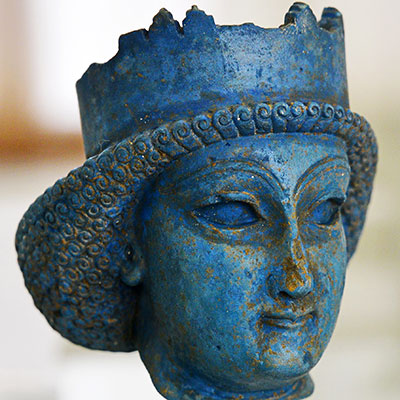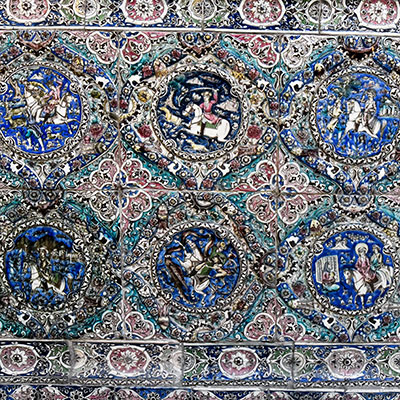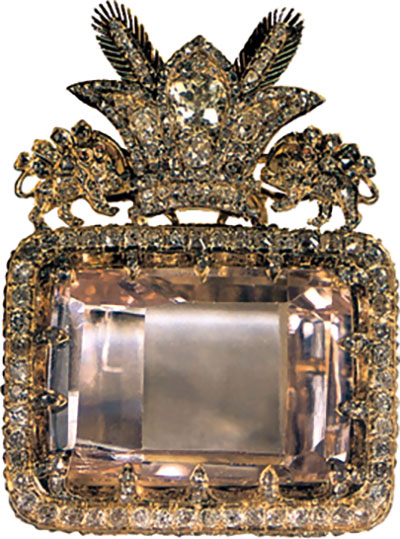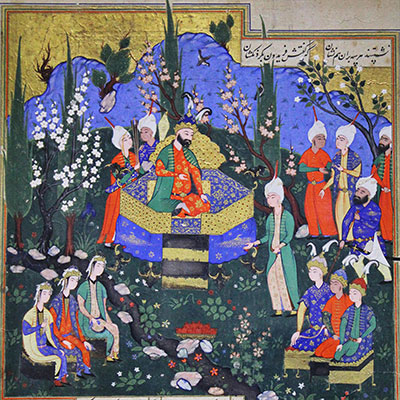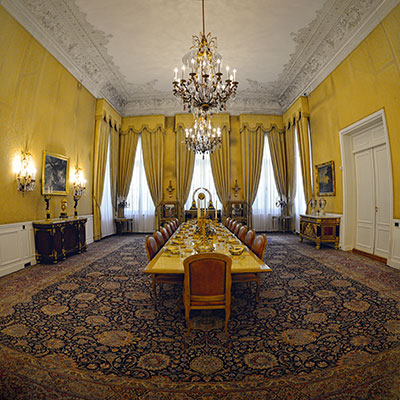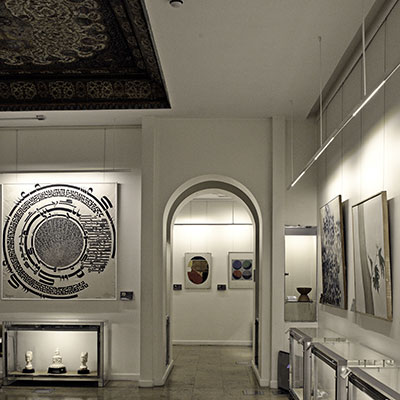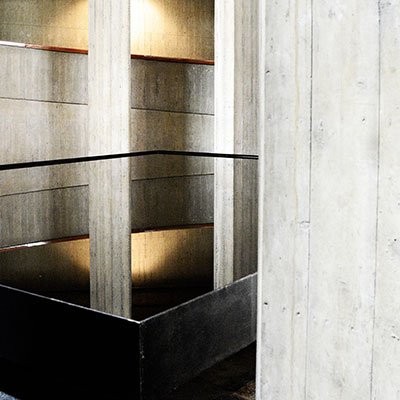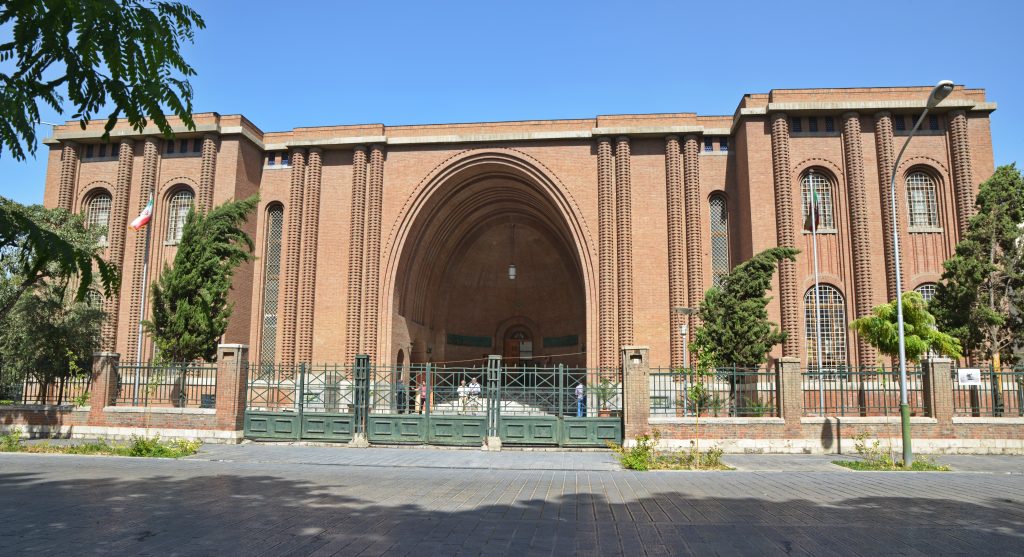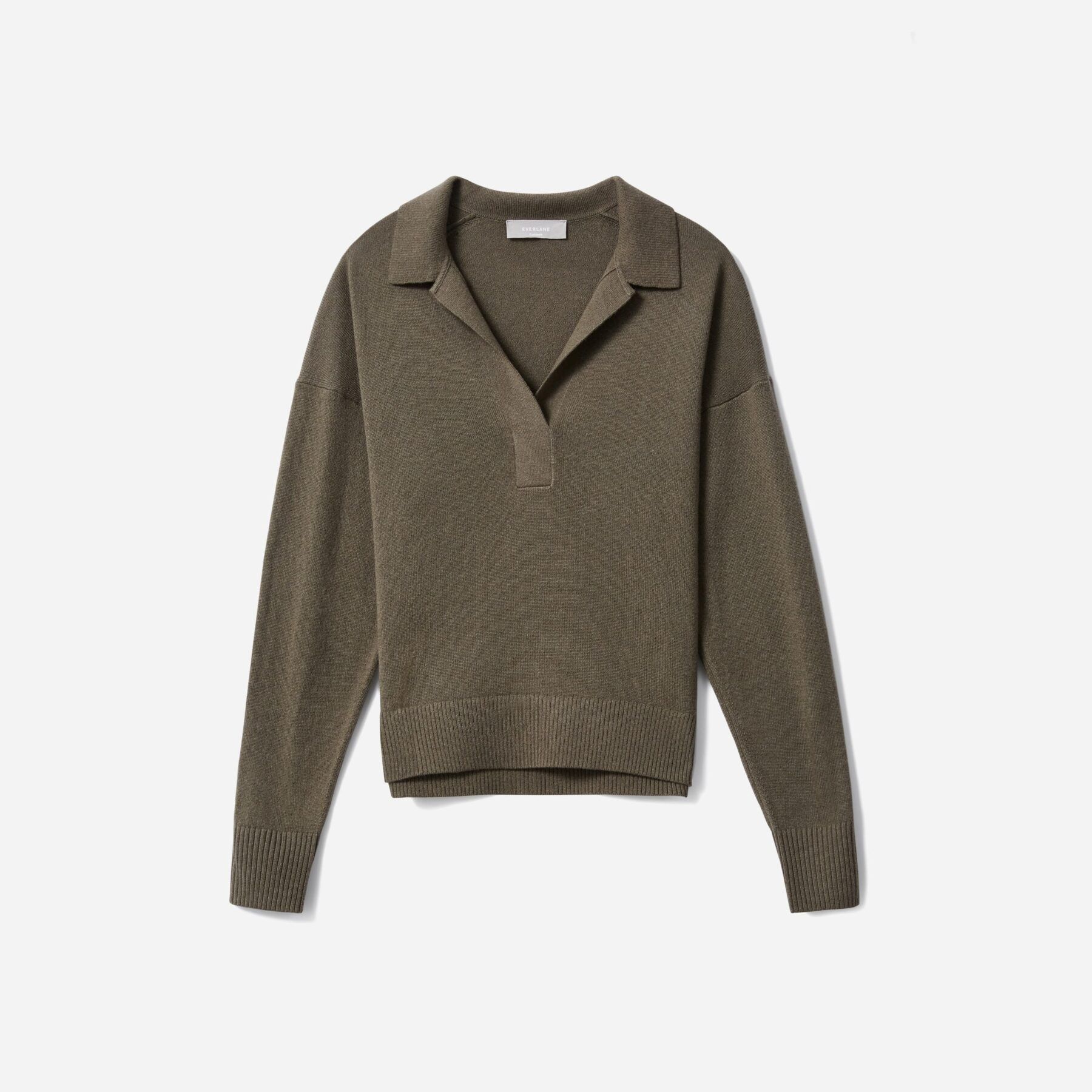Iran is a country of sites more than museums. Each city has its historical or anthropological museum (of very variable interest), cities like Isfahan or Tabriz have several museums, and the great pilgrimage mausoleums of Mashhad and Qom each have their museum, presenting the precious objects of the sanctuary. However, the most important set of museums is in Tehran, and the museums mentionned below are especially recommended.
